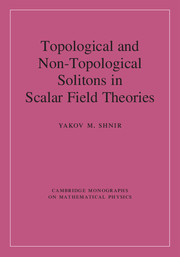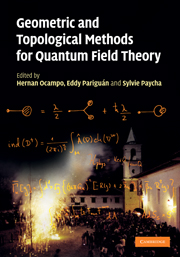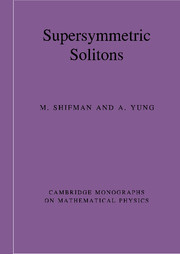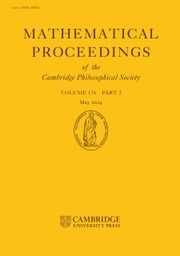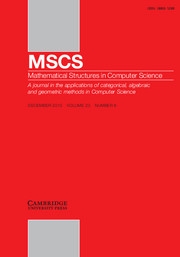Topological and Non-Topological Solitons in Scalar Field Theories
Solitons emerge in various non-linear systems as stable localized configurations, behaving in many ways like particles, from non-linear optics and condensed matter to nuclear physics, cosmology and supersymmetric theories. This book provides an introduction to integrable and non-integrable scalar field models with topological and non-topological soliton solutions. Focusing on both topological and non-topological solitons, it brings together debates around solitary waves and construction of soliton solutions in various models and provides a discussion of solitons using simple model examples. These include the Kortenweg-de-Vries system, sine-Gordon model, kinks and oscillons, and skyrmions and hopfions. The classical field theory of scalar field in various spatial dimensions is used throughout the book in presentation of related concepts, both at the technical and conceptual level. Providing a comprehensive introduction to the description and construction of solitons, this book is ideal for researchers and graduate students in mathematics and theoretical physics.
- Covers a wide range of topological solitons including self-dual solitons and compactons
- Discussion focuses on classical scalar field theory making the book compact and coherent
- Integrable and non-integrable scalar field theories are considered providing a single viewpoint on different non-linear systems
Reviews & endorsements
'Structured in three parts, this book provides a comprehensive introduction to the description and construction of solitons in various models. In the first two chapters of part one, the author discusses the properties of topological solitons in the completely integrable [s]ine-Gordon model and in the non-integrable models with polynomial potentials. Then, in chapter three, he introduces solitary wave solutions of the Korteweg–de Vries equation … Part two deals with higher dimensional nonlinear theories. … Part three focuses mainly on the solitons in three spatial dimensions. … Based on the author's lecture notes for a graduate-level course, this book is addressed at graduate students in theoretical physics and mathematics, as well as researchers interested in solitons.' Virginia Greco, CERN Courier
Product details
July 2018Hardback
9781108429917
278 pages
252 × 179 × 21 mm
0.65kg
70 b/w illus. 2 tables
Available
Table of Contents
- Preface
- Part I. Kinks and Solitary Waves:
- 1. Sine-Gordon model
- 2. Kinks in the models with polynomial potentials
- 3. Non-topological solitons: Korteweg-de-Vries system
- Part II. O(3) Sigma Model, Lumps and Baby Skyrmions:
- 4. O(3) Non-linear sigma model
- 5. Baby skyrmions
- Part III. Q-balls, Skyrmions and Hopfions:
- 6. Q-balls
- 7. Skyrmions
- 8. Hopfions
- References
- Index.

